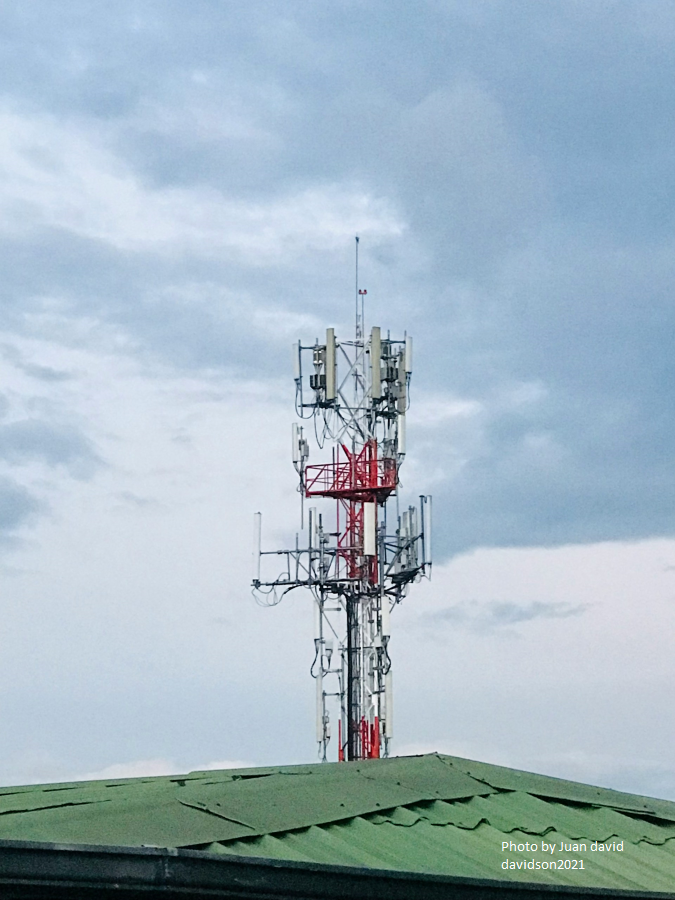5G and IoT Connectivity: Revolutionizing the Future
Published on 2025-05-04 by Light4Tech Solutions

The advent of 5G technology is doing more than just enhancing mobile phone experiences — it’s laying the foundation for a hyper-connected world. Coupled with the Internet of Things (IoT), 5G promises to unlock a new era of innovation, enabling seamless communication between billions of devices and transforming industries from healthcare to transportation.
The Synergy Between 5G and IoT
5G, the fifth generation of wireless technology, brings ultra-low latency, high-speed data transmission, and support for massive device connectivity — all critical for scaling IoT networks. Unlike 4G, which was optimized for smartphones, 5G is designed to accommodate a much broader range of devices with vastly different data needs, from industrial sensors to autonomous vehicles. This is where the synergy lies: IoT provides the data, and 5G delivers the infrastructure needed to transmit and process it in real time.
Industry Applications: From Smart Cities to Precision Healthcare
With 5G and IoT working hand in hand, various sectors are experiencing rapid digital transformation. In smart cities, traffic lights connected via IoT sensors can adapt in real-time to traffic conditions, reducing congestion and emissions. In agriculture, 5G enables real-time soil monitoring and precision irrigation, enhancing crop yields while conserving water. Healthcare sees some of the most promising innovations — think remote surgeries guided in real-time, wearable devices monitoring patient vitals, and AI-assisted diagnostics delivered on the fly. These advancements rely on the stable, high-throughput connectivity that only 5G can provide.
Challenges on the Path to Full Integration
Despite the incredible potential, integrating 5G and IoT at scale is not without challenges. Infrastructure development is a significant hurdle; 5G requires a dense network of small cells, which entails substantial investment and logistical planning. Security is another concern. With billions of IoT devices coming online, ensuring data integrity and preventing cyber threats becomes a top priority. Moreover, the interoperability of devices and data standards remains a barrier that industry leaders must address collaboratively. Without standardized protocols, seamless communication across devices and platforms remains difficult to achieve.
The Role of Edge Computing
Edge computing — the practice of processing data closer to where it’s generated — is becoming increasingly important in the 5G-IoT ecosystem. It reduces the amount of data sent to centralized cloud servers, thus minimizing latency and improving efficiency. For example, an autonomous vehicle can’t afford the lag caused by distant data centers. With edge computing, real-time data processing occurs right at the source, enabling faster decision-making and reducing the load on the network backbone. This trifecta — 5G, IoT, and edge computing — is the cornerstone of next-gen digital infrastructure.
What the Future Holds
The convergence of 5G and IoT is not just a technological evolution; it’s a paradigm shift. Over the next decade, we can expect to see smarter homes that learn from our behaviors, cities that self-regulate to optimize efficiency, and industries that operate with predictive intelligence. The combined capabilities of 5G and IoT will also be critical in addressing global challenges — from managing climate change through smart environmental sensors to responding to pandemics with real-time health monitoring systems. As deployment expands and matures, these technologies will become as fundamental to modern life as electricity and the internet.
In summary: The fusion of 5G and IoT is shaping a smarter, more responsive world — and we're only scratching the surface of what’s possible.